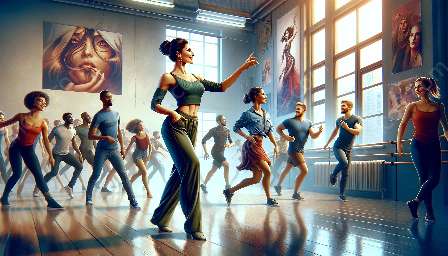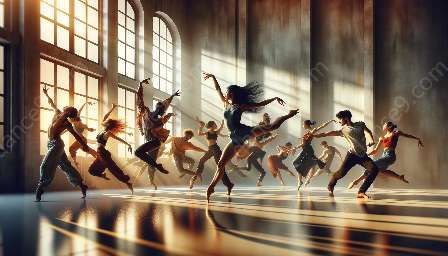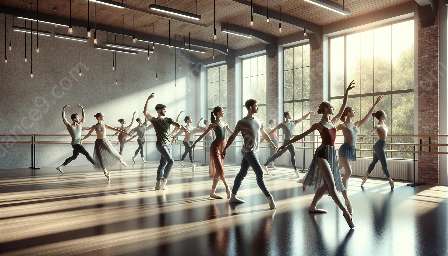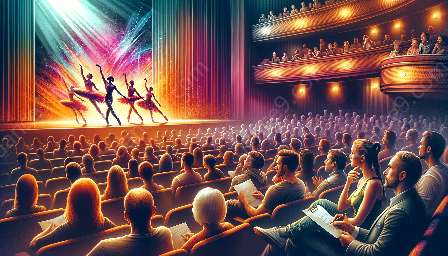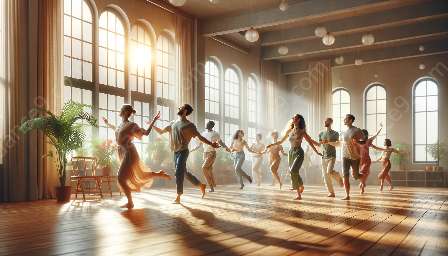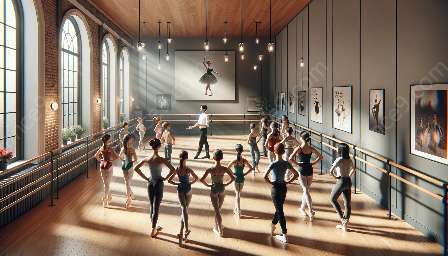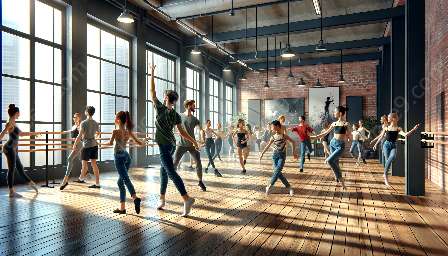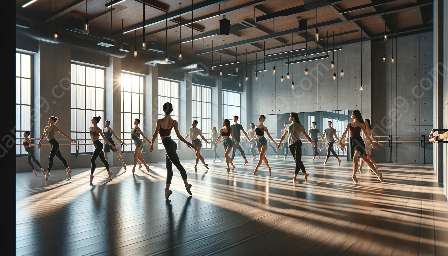Dance is a powerful and expressive form of art that has been an integral part of human culture for centuries, captivating audiences through its beauty, rhythm, and creativity. As a performing art, dance encompasses various styles, traditions, and techniques that have evolved across different cultures and eras, making it an essential component of arts and entertainment.
The History of Dance
Dance has a rich and diverse history that spans across civilizations, serving as a form of communication, storytelling, and celebration. From ancient ritual dances to courtly performances, dance has been ingrained in societal customs and traditions, reflecting the values and beliefs of different communities.
Styles of Dance
There are countless styles of dance that have emerged from various cultural influences, each with its own unique movements, music, and meaning. Classical ballet, with its graceful and precise techniques, has been a cornerstone of dance as a performing art, captivating audiences with its elegance and poise. On the other hand, modern and contemporary dance styles embrace innovation and individual expression, pushing the boundaries of traditional forms and engaging with new audiences.
Ballet
Ballet, a classical dance form characterized by its elaborate techniques and graceful movements, originated in the Italian Renaissance courts and later evolved in France and Russia. It has become a staple of performing arts, with renowned ballet companies showcasing timeless productions such as 'Swan Lake,' 'The Nutcracker,' and 'Giselle.'
Hip-Hop Dance
Originating in the urban communities of New York City in the 1970s, hip-hop dance emerged as a dynamic and expressive form of artistic movement, reflecting the cultural and social experiences of its practitioners. From breakdancing to street styles, hip-hop dance has evolved into a global phenomenon, influencing music videos, stage performances, and mainstream entertainment.
Traditional and Folk Dances
Traditional and folk dances, rooted in the cultural heritage of different regions and communities, showcase a diverse array of movements, costumes, and narratives. These dances often serve as a means of preserving cultural traditions and celebrating identity, offering a glimpse into the rich tapestry of human expression.
The Cultural Significance of Dance
Dance serves as a powerful medium for cultural expression, allowing individuals and communities to convey their stories, values, and experiences through movement and music. It transcends language barriers and connects people on a universal level, fostering an appreciation for diversity and shared humanity.
Dance in Arts and Entertainment
Within the realm of arts and entertainment, dance continues to captivate audiences through live performances, film, television, and digital platforms. From grand theatrical productions to intimate dance showcases, the art form contributes to the vibrancy and excitement of the performing arts, enriching the cultural landscape with its beauty and creativity.




